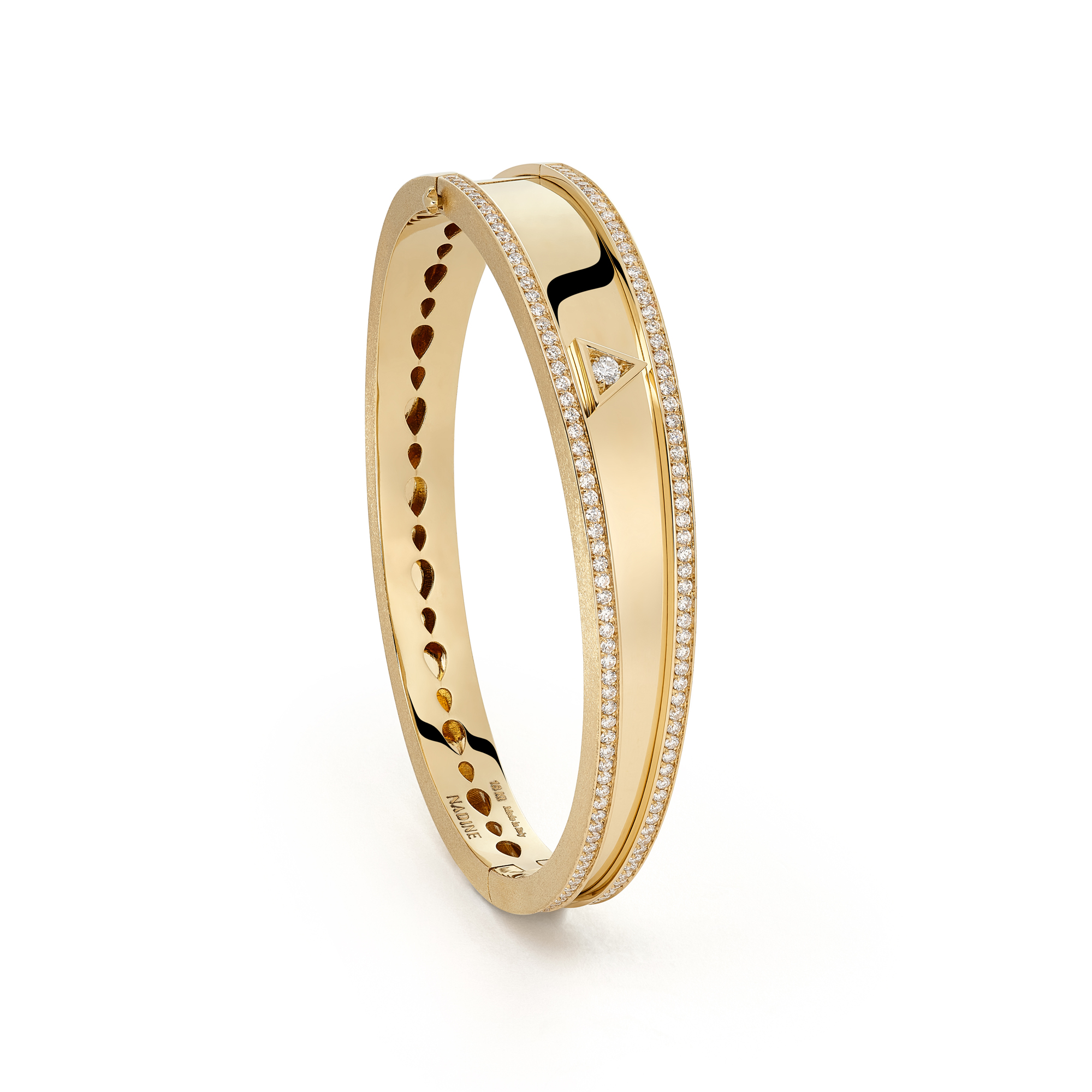Introducing Abjad
Inspired by the history of writing and the creation of alphabets, Abjad comes to life.

The Inspiration
Ancient cultures have lived for thousands of years paving the way for the modernization we live in today. Self-expression was one of the main key elements in any ancient culture, which started with carving on walls and monuments.
The Ancient Egyptians and Chinese were the most famous cultures to have used icons or simple pictographs for self-expression. Yet because paper was not discovered at the time, the only places one had a chance to release inner thoughts were walls and monuments. In other words, stone carving. The more exposed and grand the monument is, the more sophisticated is the carving of their pictographs. We visit these ancient monuments today to be mesmerized by the sight of such artistic engravings, trying to guess, what stories were they trying to tell?
Self-expression continued even in darker places such as caves, but due to its small space and dimmed lighting, the carvings had to be simpler, shorter, and straight to the point – leading to further evolution of the engravings and eventually a universal alphabet.
The Phoenicians are one of the oldest cultures that existed and occupied the coast of the Levant from 1500 to 300 BC. The first to develop an alphabet, the Phoenician writing system included 22 letters composed of only consonants. It was from this alphabet that modern Arabic was created and that the Greeks eventually adapted to create the Greek alphabet (upon which the modern Latin alphabet is based today).
In looking back on even the simplest of times, a longing for written communication and self-expression has always been prevalent. Inspired by this, the Abjad collection unveils the secrets of different ancient alphabets, beginning with Thamudi letters.
The Collection
As a Saudi brand proud of its heritage, NADINE launches Abjad exclusively with engravings of the Thamudi letters – the language of ancient Arabian tribes dating back to 2500 BC.
Since its naissance, telling stories and leaving legacies for generations to come has been at the core of the NADINE brand messaging, which is why it came so naturally to look to the history of both the people who came before and the way they communicated. The Thamudi alphabet was used by the Nabataeans; ancient tribal people who lived in the North-Western area of the Arabian Peninsula. They used these letters to tell stories on their monuments and transmit messages documenting their beliefs.
In a veritable homage to the brand’s roots, Abjad features seven distinct designs by way of three different aesthetics; classic, rainbow and paved in rose and yellow gold, all of which can be mixed and matched to create a look that’s uniquely individual to the wearer.
The collection includes three necklaces – the Pendant, the Abjad Indi Chain, and the Charming Necklace; two Charms – the Triangle Charm and Tiffany Charm; a Turnable Cocktail Ring; Hoop Earrings; and four ear cuff designs which include the Paved Ear Cuff, Studded Ear Cuff, Rainbow Ear Cuff and Hand Striped Ear Cuff.
Signature elements of the Nadine brand can be found discreetly added to each of the pieces with the brand name engraved inside of the hoop earrings, the lily flower decal on necklace chains and the sides of each cocktail ring, as well as the brand’s signature emblem added to the inside of the Asymmetrical Bangle.













